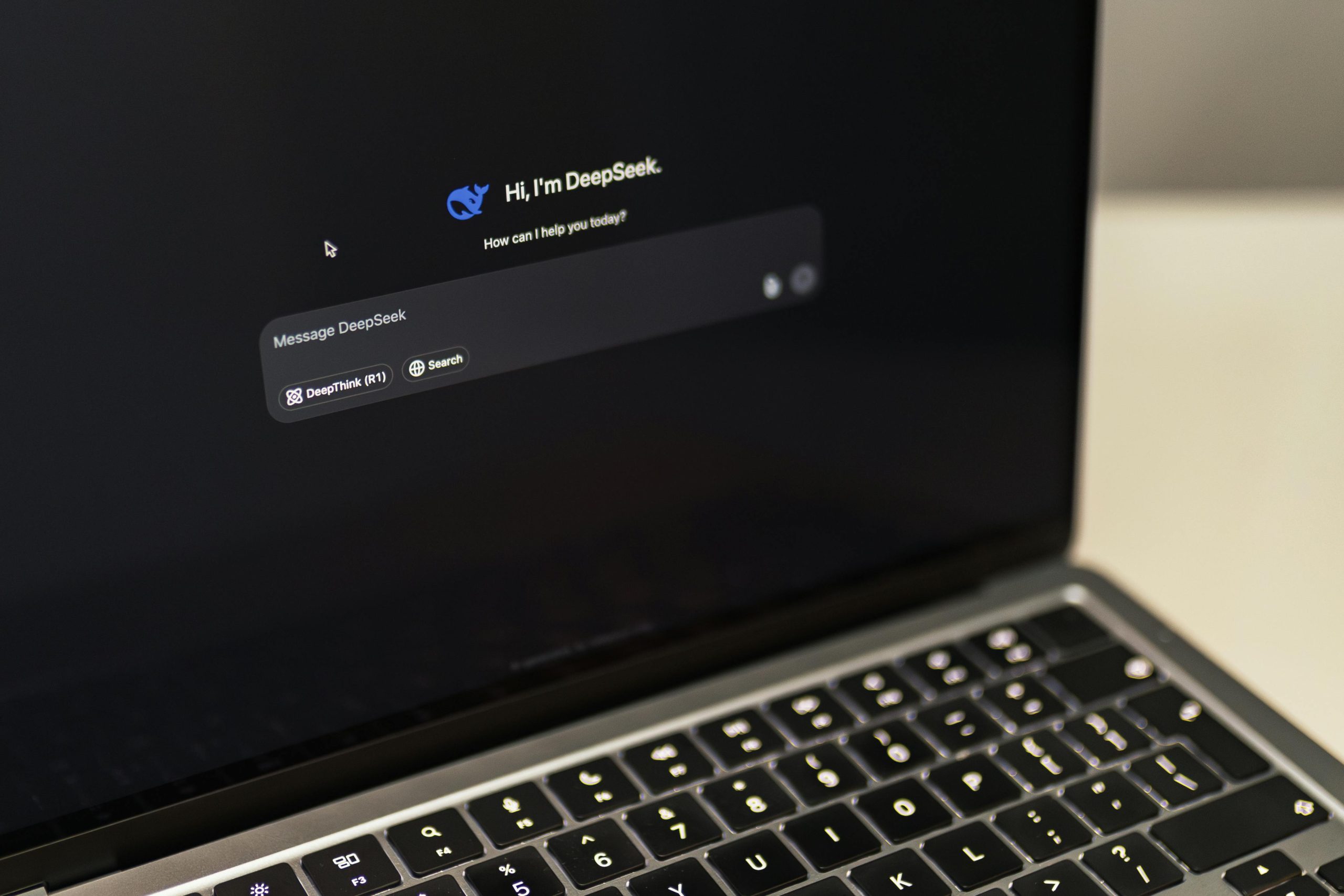 Photo Credit: Pexels
Photo Credit: Pexels
As a young creator, Orson Welles worked on stage productions and radio broadcasts. The man who would go on to reinvent cinema with his 1941 debut feature film Citizen Kane began his creative career in more common, easily achievable venues such as these and found great success early on.
From his acclaimed staged reinterpretations of classics, such as Voodoo Macbeth in 1937, to his infamous radio broadcast of War of the Worlds in 1938, Welles successfully pushed the boundaries of whatever medium he worked in. Even Citizen Kane, a now-hallowed piece of filmmaking history, was once viewed as a radically dynamic work that saw the young filmmaker bucking much traditional wisdom to carve a new path. To this end, Welles’ iconic quote, “The enemy of art is the absence of limitations,” makes perfect sense from his perspective. So much of his art was engineered to challenge perceived limitations; without meaningful limitations that incite such ingenuity and innovation, what would artistic work even be?
This question faces the modern digital age, in which artificial intelligence (AI) has become increasingly vital in content creation. AI is widely accessible to everyone and is evolving at an unprecedented rate; the technology is progressing rapidly in its capabilities on a near-daily basis. With tools like AI Detector, creators can strike a balance between leveraging AI’s efficiency and preserving the authenticity and quality of their work.
While AI-generated work was once relatively easy to spot, with lackluster visual rendering capabilities and monotonous verbiage choices in its writing, it has grown much more nuanced over the past few years.
Now, identifying whether or not something is AI-generated is a far taller order even for other artists and content creators, much less for general audiences. Fortunately, AI Detector empowers users to identify, evaluate, and refine AI-generated material confidently and efficiently.
What AI Is and How It Works
To meaningfully parse and discuss AI generators and the content they create, it’s essential to understand what AI is and isn’t. When general audiences hear Artificial Intelligence, consciously or not, their brain associates it with classical science-fiction stories.
For centuries, artists have pondered the idea of artificial intelligence and its philosophical implications in everything from Mary Shelley’s Frankenstein to James Cameron’s The Terminator. But what currently exists under the label of AI in the real world is far less a science-fiction story incarnate and far more akin to a digital blender.
AI absorbs other works as templates and then adheres to that basic structure. No single medium makes this more apparent than AI-generated images, whose artistic quality, composition, and even content depend almost entirely upon the works that the AI system is trained upon. This has become the source of ethical debate regarding AI’s use in content creation and its legality regarding blatant plagiarism.
Looking Ahead: The Role of AI in Content Creation
Great art challenges perceived notions and limitations and results in a broadening or redefining of its respective medium. Where would the literary field be without Frankenstein? Where would filmmaking be without Citizen Kane? These works were singular and radical, and they would never have been created by a system trained to adhere to strict templates or regurgitate previous work.
The role of AI in content creation will continue to evolve, offering exciting possibilities and unique challenges. By combining cutting-edge tools with human expertise, content creators can navigate the future of AI-driven communication confidently and effectively.
Written in partnership with APG



